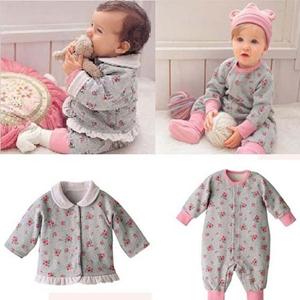
Or, How Garment Scholars Confused Everybody, Including Themselves [In progress] Jennifer Scarce managed to spend an entire chapter of Women’s Costume of the Near and Middle East discussing Ottoman Turkish women’s dress without once naming the hip-length robe all the women wore. Hülya Tezcan, former head of the Topkapi Museum’s…
Continue reading
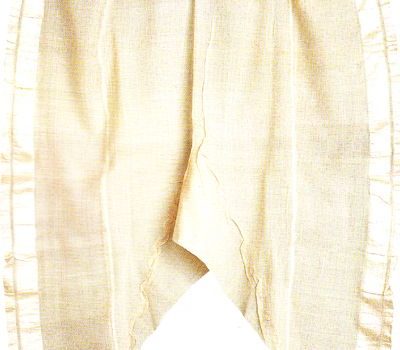
Underwear The foundation of every Turk’s outfit was a knee-length or ankle-length pair of underpants, or don (rhymes with moan). Don were usually white, and could be made of cotton, linen, light silk, or possibly wool. Men wore a pair of trousers over their don, but women often wore their…
Continue reading
[in progress] The zıbın was a hip-length jacket that both men and women wore over their gömleks and under their kaftans. (It’s sometimes referred to mistakenly as a hırka.) If you think of Ottoman Turkish clothing as a pantsuit, the zıbın is the shirt. The sexes put different emphasis on their zıbıns. Men spent…
Continue reading
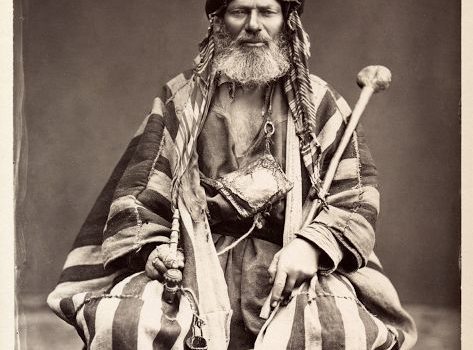
Any definition of an Ottoman Turkish word for a garment involves speculation. Words changed definitions radically between the 16th century and the century that modern scholarship coalesced around, the 18th century; and many modern scholars are blithely unaware of this, so they happily describe 16th-century garments with terms that are…
Continue reading
The Ottomans were remarkably resistant to giving details about their clothes. If you wanted the names of five types of overcoats or two dozen types of silk, they were right on top of it; but if you wanted to know what those overcoats or those silks looked like, the Ottomans…
Continue reading
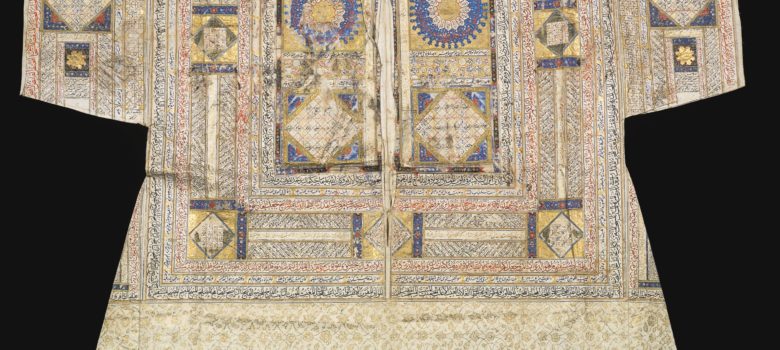
[in progress] Colors The color of the gömlek varied significantly by time and place. In the 15th century, high-end gömleks could be colored red, yellow, or blue, an extravagance that at least one moralist inveighed against. The tradition continued into the earliest court records I have access to, from…
Continue reading
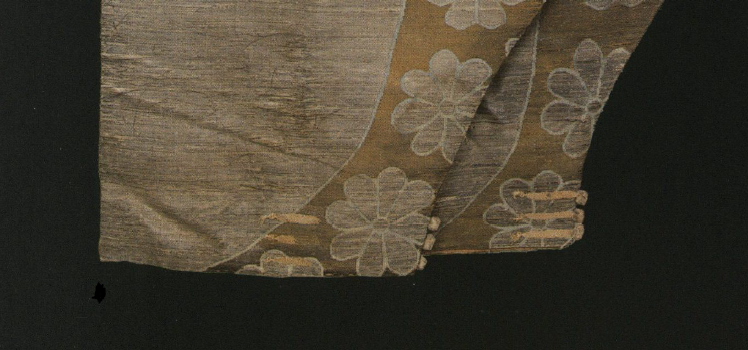
There were many, many styles of trousers in Ottoman Turkey, but the main style–and the only style women wore–was the çakşır (chahck-SHUR). Contrary to the popular image of Ottomans in baggy trousers, çakşır were fitted. Sometimes tightly fitted. The çakşır of the lady in the yellow kaftan are loose by…
Continue reading
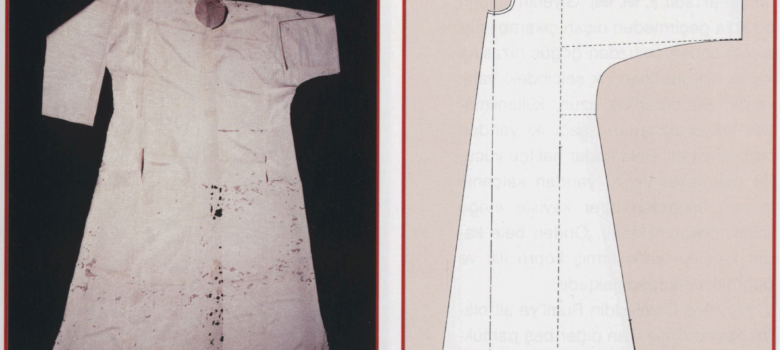
[in progress] Rectangular construction makes efficient use of fabric, but it drops seams all over the place. So unfashionable. Instead, a number of cultures–the Chinese, the Mongols, and the Ottoman Turks among them–use a style of construction that wastes fabric, but moves the seams to the periphery of the garment. This…
Continue reading
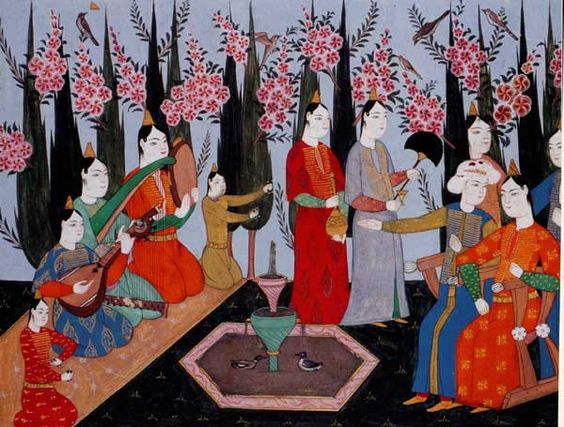
[In progress.] Hats were one of the most potent symbols of status in the Ottoman Empire, so much so that men’s gravestones were topped with carvings of their turbans. However, women didn’t have formal statuses. Their status was “woman.” This was true even at court, where even the sultan’s mother, the…
Continue reading

Much of this information applies to men as well as women. From the Skin Out Don | Underpants Çakşir | Trousers Gömlek | Shift Detour: The Cut of Extant Gömleks Zıbın | Short underjacket Detour: The Perplexing and Obnoxious History of the Zıbın Kaftan | Long formal robe Yelek, Kürdiye, Çuka, Kürk | Overcoats Ferace and Yaşmak | Modesty…
Continue reading











